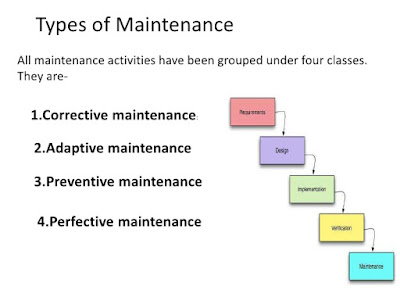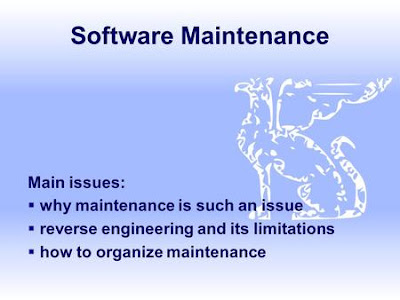Software and Hardware Selection and its criteria indore
Software Selection
Software selection is the most important part for the professional user.Hence there are lot of criteria by which any user can select a good software accordance of their use.In this section i am explanning those term which is beneficial for you in the selection of project.
 |
| Right Software Selection |
Initially there are six phases by which any user can select an appropriate software for him.Phases are as follows:
- Planning and Budgeting for software:The initial step in the software selction process is your internal planning and budgeting.You need to setup your project team, get buy in for the project and put together a high level budget.
- Software requirements analysis:Next you need to put together your requirements documents.Make sure it is focused on your requirement.
- Software vendor research:Now it is time to evalute your vendor options.This phase focuses on how to start with a long list of vandors and efficiently evalute them to get to a short list of approximately three software solution.
- Software Demos:When you have your shortlist invite the vendors for demo.
- Software decision:When you narrow the list to one or two vendors its time to do your due dilligence and confirm your final decision.
- Software contract Negotiation:Most software contract is written by the software vendor.Make sure you negotiate the contract to protect your interests and save your money.
above i explaned some phases which is necessary for software selection but there are also some criteria which is beneficial for your your software selection criteria is as follows:
- Reliabilty:It is the probability that the software will execute in a specific period of time without any failure.It is important to the professional user.
- Functionality:It is the definition of the facilities , Performance and other factors that the user requires in the finished product.
- Capacity:Capacity refers to the capability of the software package to handle the users requirements for size of files, Number of data elements and reports.All limitation should be checked.
- Flexibility:It is a measure of effort required to modify an operational program.One feature of flexibility is adaptability.
- Usability:This criteria refers to the effort required to operate, prepare the input and interpret the output of a program.
- Security:It is a measure of the likelihood that a system's user can accidently or intentionally access or destroy unathorized data.
- Performance:It is a measure of the capacity of the software package to do what it is expected to do.
- Service ability:This criteria focuses on documentation and vendor support.
- Ownership:Who owns the software and consider weather he has the right to access the software or he can sell or modify the software.
- Minimal costs:Cost is a mojar consideration in deciding between inhouse and vendor software.
"Software selection is a critical aspect for system development."
Hardware Selection
Hardware selection requires an analysis on the following criteria:
- System availablity
- Compatibility
- Cost
- Performence
- Uptime
- Support and
- Usability ets.














